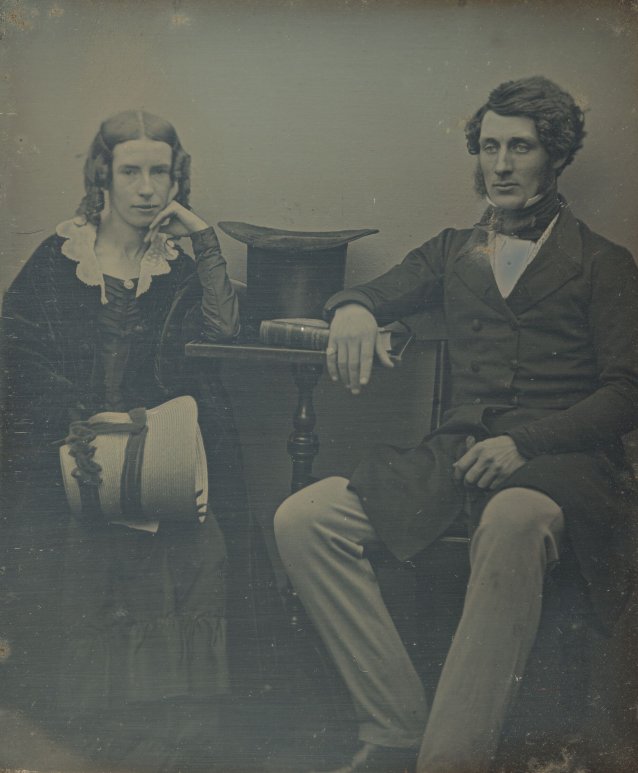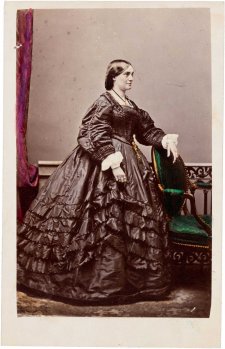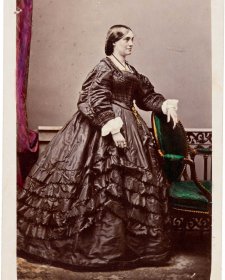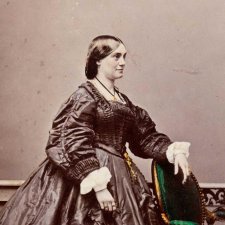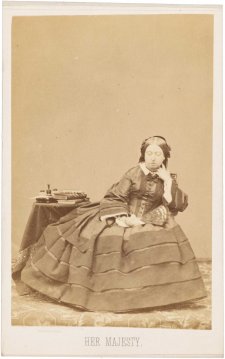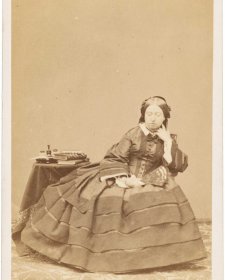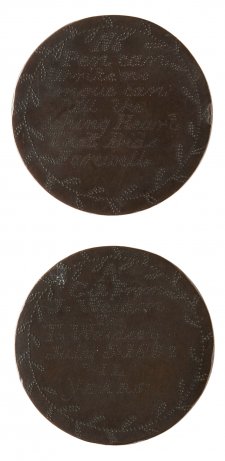It’s a truth universally acknowledged that an eye-catching, self-made man must be in want of a wife, and every colonial Sydney matron with eligible daughters must have had Thomas Sutcliffe Mort in her sights.
Thomas Sutcliffe Mort came to New South Wales in 1838 believing the colony presented ‘a better opening for his industrious habits and his business abilities’ than Manchester, his hometown. He was right. Mort became Sydney’s leading wool auctioneer at a time when the commodity was the colony’s most lucrative export, and he later branched into dairying, winegrowing, railways and shipbuilding, among many other ventures. With his ‘suavity of manner’ and solid prospects, Mort might have made a socially and financially advantageous marriage. Instead, he fell for Theresa Laidley, whose family – just like some of Jane Austen’s heroines – had been left in embarrassingly reduced circumstances by a father’s untimely death. Theirs proved to be a long, deeply loving partnership, and Thomas was left bereft by Theresa’s death in 1869.
